Start Exploring Keyword Ideas
Use Serpstat to find the best keywords for your website
10 Tips For Increasing Click-Through Rate On Your Organic Search Results

By using tested, optimized, and persuasive meta data.
Meta data is a searcher's sneak peek into your website. You'll need to use it wisely to capture potential customers and readers, but it's not always easy to figure out what works for your particular audience.
As an eCommerce digital marketing agency, boosting organic performance — including click-through rates in the search engine results page — is our specialty. In this blog, we'll share with you 10 strategies to get your customers' attention and start increasing your site conversion rates today.
Before you get started, take stock
Here's what we recommend:
Step 1: confirm your SEO strategy is working
This includes factors like:
- proper keyword usage
- informational, long-form content that answers a reader's questions
- related external and internal links
- and more.
Make sure that your site meets technical SEO standards, too. Use Google's Page Speed Insights to check your website for user experience and page speed, which are critical ranking factors for SEO and keeping customers and readers on your website.
Only after all these aspects are optimized (and working!) should you start testing meta data for organic click-through rate (CTR).
Step 2: settle on your strategy
This way, you'll have a smarter approach to implementing meta data changes, monitoring the effects, and repeating favorable results.
For the first option, start by sorting your highest-performing pages. Identify which pages have a relatively high impression rate and a low average CTR using Google Search Console. Create a priority list from those pages. (You could also take the same approach with your lowest-performing pages, if you want to test for more dramatic improvements.)
If you want to focus more on revenue and conversions than page sessions, you can organize your approach based on the keywords that are most valuable to your brand and industry. Make a list of web pages that target those keywords; those will be the first you'll want to optimize.
Similarly, you could look at long-tail keywords that, while not extremely profitable to your business, may have a better chance of higher CTR increases. These could be informational blog posts and other non-conversion-focused content.
Note: if you sort your priorities by keywords, make sure to fix any keyword cannibalization that may be spreading out your clicks and impacting your CTR.
As self-proclaimed data junkies, we recommend testing click-through rate tips and theories on small subsets of your website before rolling them out across every page. That way, you can identify exactly which optimizations will work and prevent wasting your time (and watching your organic position tank) after an ill-informed optimization attempt.
There are a few ways you can run your tests:
- meta titles and descriptions
- titles and headings
- page speed
- server parameters and certificates
- redirects and links
- multimedia
- and more.
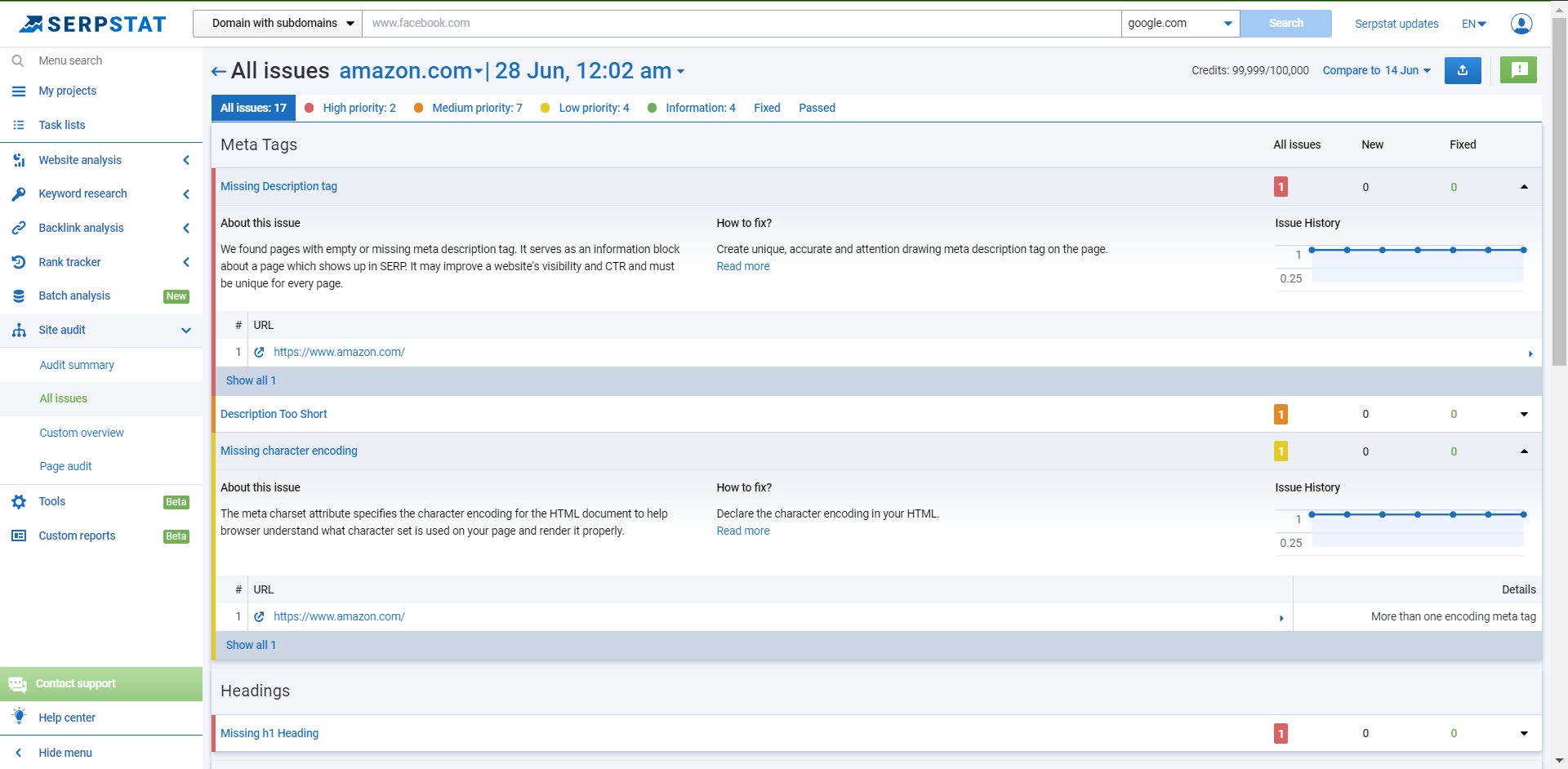
Step 3: always keep SEO in mind
While these strategies are important, they shouldn't come at the expense of solid SEO and keyword targeting tactics. You'll need SEO to rank in the SERPs in the first place; if you focus too much on conversion tactics, your organic ranking positions may suffer. You'll need a balanced approach to both SEO and conversion to see the CTR results you want.
Moral of the story: don't get so carried away with creative copywriting that you accidentally remove keywords and other important SEO strategies from your meta data.
10 ways to boost Click-Through Rate on organic SERPs
We've broken them into two parts:
- Strategies that tend to work well for every industry
- Strategies we especially recommend for eCommerce companies
General strategies for boosting CTR
While a meta description doesn't carry a lot of weight as a ranking factor, it does help searchers identify what they're looking for. Google will bold keywords in a meta description, which will help catch a reader's attention. So, the more keyword variations you can include (in a natural way), the more bolded words there will be — and the more likely a searcher will click on your link.

- synonyms;
- similar keywords;
- search suggestions;
- top pages by keyword;
- competitors by keyword.
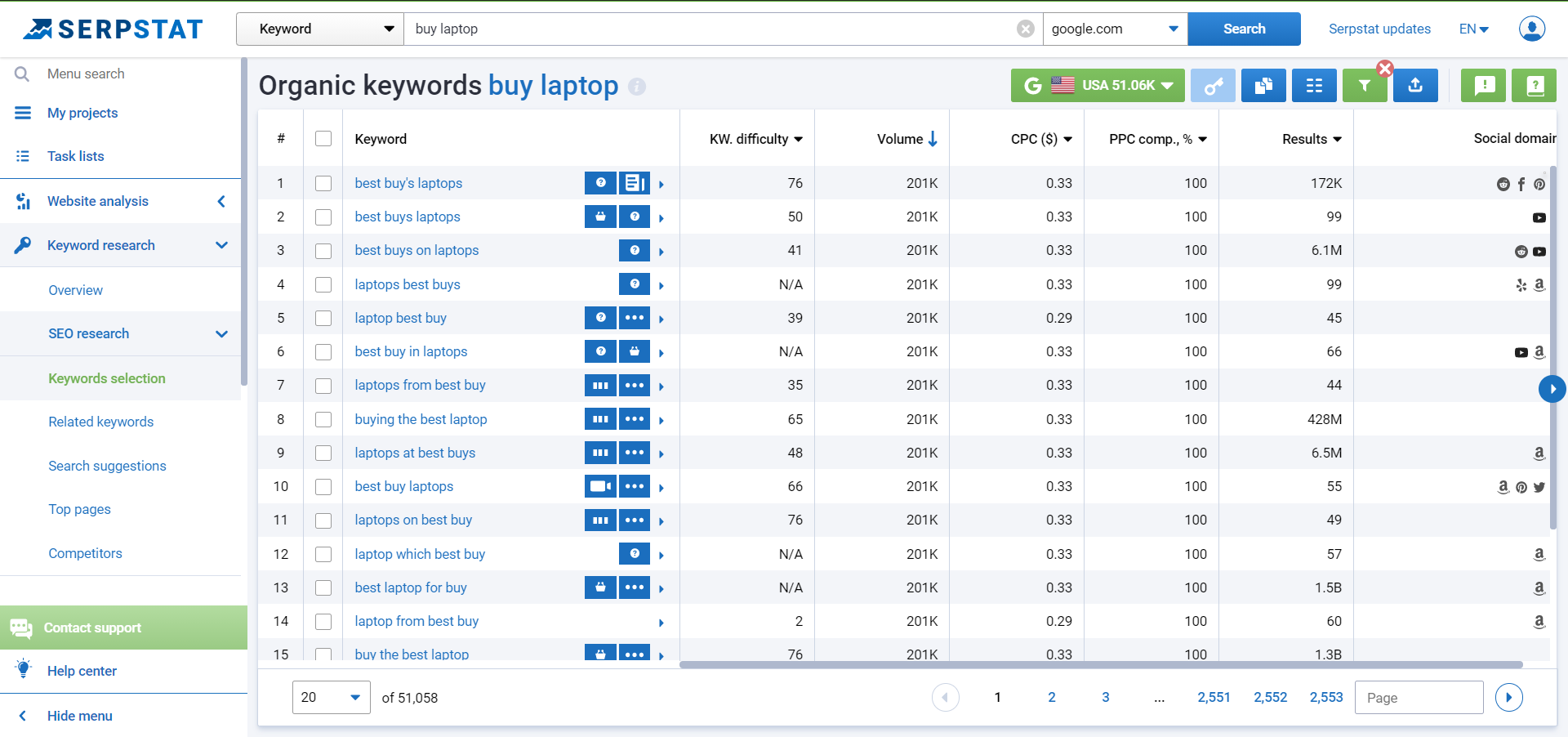
Draw in your readers with words that reflect urgency and importance. Phrases like "Get it now," "Act fast," and "Only on our website" will intrigue a searcher and introduce a fear of missing out on your content.
You can also incorporate a call-to-action into your meta description or title, especially if you can offer something to your reader, like a free download.

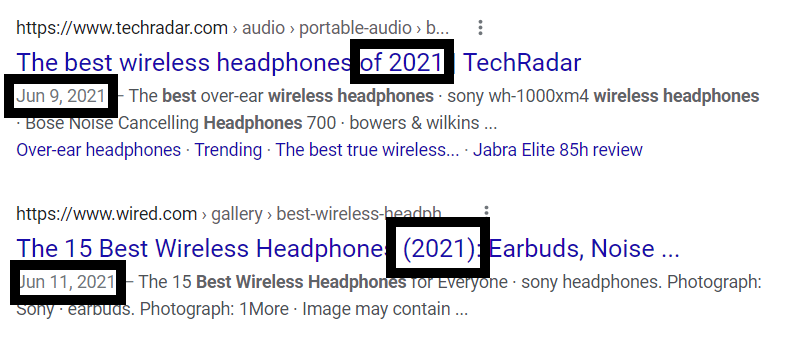
Don't just settle for boring text. Consider using unusual characters like [brackets], percentage signs (%), and numbers. Some sites are even experimenting with emojis in their meta titles; depending on how well it plays with your brand and content, you might do the same.
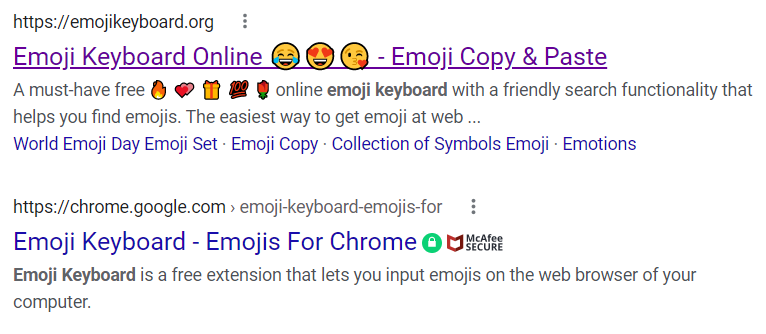
We recommend trying to target these featured snippets (where it makes sense to do so). Start by looking at which featured snippets are currently being shown for the search phrase your content is targeting. See if you can easily edit your on-page content to fit one of those featured snippets.
You can't simply change your meta title for this; you'll likely need to do some reorganizing of your on-page content to improve your chances of grabbing these featured spots. (Use this visual guide to get started.)
Only optimize for these snippets if it makes sense. Don't try to force a featured snippet for the sake of your click-through rate; the best content will win out every time.
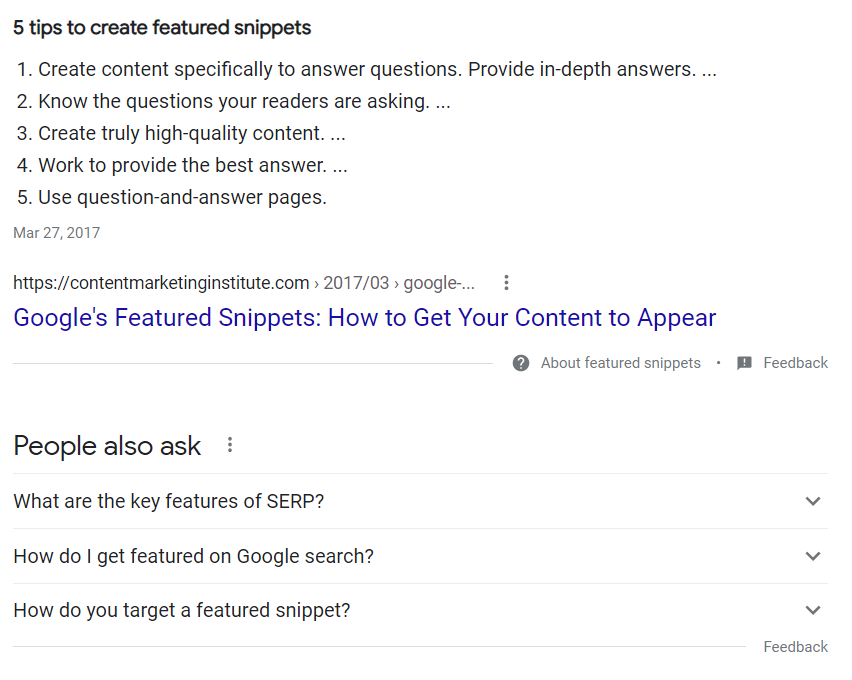
eCommerce-specific strategies for boosting CTR
Remember, every industry is different, and customers have different purchase cycles depending on what they are buying. When you look at the SERPs for your targeted keywords and products, you'll see what motivates those customers — because the most successful results will be at the top of the first page.
Ask yourself these questions:
- What kind of content is most commonly found?
- What kind of content is ranking highest?
- What conversion tactics are your competitors using to grab readers' attention?
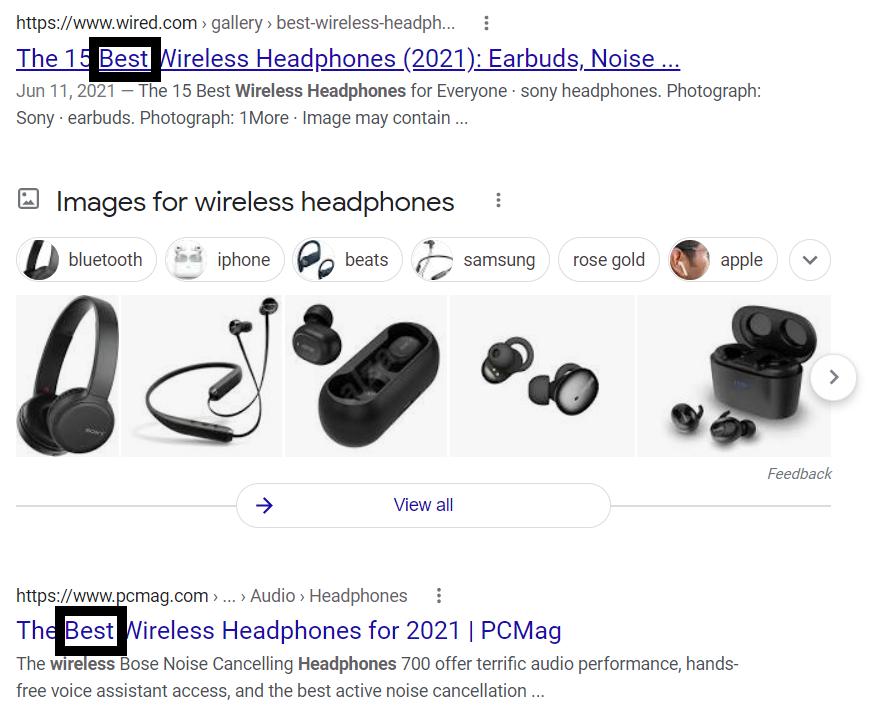
Like the date strategy mentioned above, we advise that you monitor performance if you implement this meta data optimization. While it's working for competitors now, Google may eventually recognize the contradictions between meta data and on-page content. If your organic traffic and clicks start to drop, it might be time to reevaluate this strategy.
Take Amazon Prime. Prime is known for its free shipping, so Amazon's SEOs made sure to highlight that (as well as other discounts) in all the meta data for Prime-related content:
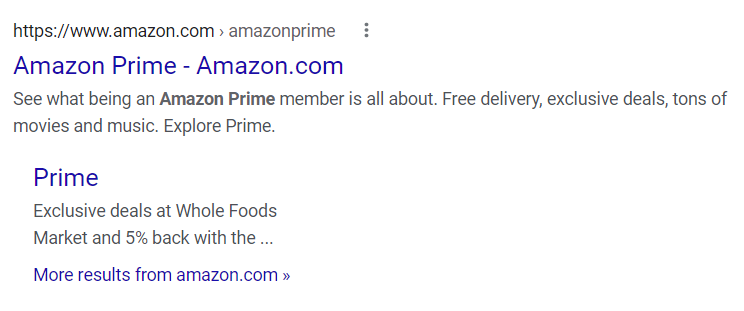

User-generated content is a requirement for your product, category, and blog pages — but it can also be creatively incorporated into your meta data. Consider using phrases like:
- "Recommended by Experts"
- "# Reviews of [Product Name]"
- "Industry-recommended"
Improving CTR takes time — so start your strategy now
Optimizing your meta data for a higher click-through rate should be an integral part of your digital marketing strategy. But, like with most aspects of SEO, doing it right will take some serious research and testing, not to mention the time required to roll it out and see changes.
Before jumping in headfirst, we recommend starting slow. Pick a few pages to start optimizing and see how effective the strategies mentioned above are. Remember: Every industry is different, so it may take some time to find out what works for your business — but, when you do, it will be well worth the effort.
If you're still struggling to see results from your CTR or larger SEO strategy, reach out to a team of professional SEO marketers for a personalized approach and the best chance of success.
Speed up your search marketing growth with Serpstat!
Keyword and backlink opportunities, competitors' online strategy, daily rankings and SEO-related issues.
A pack of tools for reducing your time on SEO tasks.
Discover More SEO Tools
Backlink Cheсker
Backlinks checking for any site. Increase the power of your backlink profile
API for SEO
Search big data and get results using SEO API
Competitor Website Analytics
Complete analysis of competitors' websites for SEO and PPC
Keyword Rank Checker
Google Keyword Rankings Checker - gain valuable insights into your website's search engine rankings
Recommended posts
Cases, life hacks, researches, and useful articles
Don’t you have time to follow the news? No worries! Our editor will choose articles that will definitely help you with your work. Join our cozy community :)
By clicking the button, you agree to our privacy policy.

